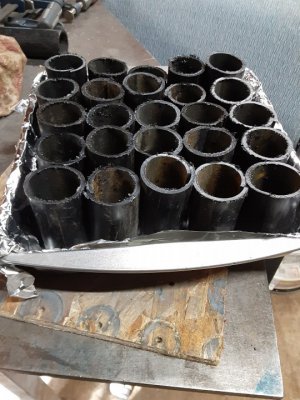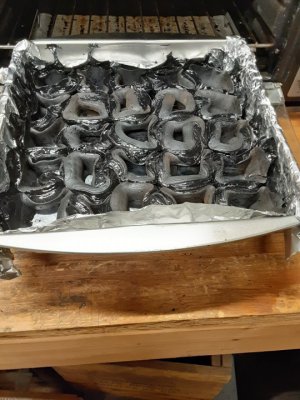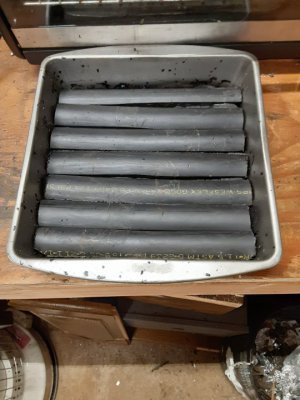- Joined
- Jan 20, 2018
- Messages
- 5,913
This^^^^!It's also possible the tubing was co-extruded, which means it has multiple layers. I could have an outer layer which resits abrasion, etc, and a more "pure" PE inner layer for potable water contact. This may be the reason your seeing a outer skin that appears to melt differently.
The OD and ID both exhibit this skin.
I flycut both sides of the burnt brownie down to 1/2" thickness (+/- .020). It machines pretty nicely with a sharp HSS tool, the floor was covered with little, black curlies that looked like rat turds.
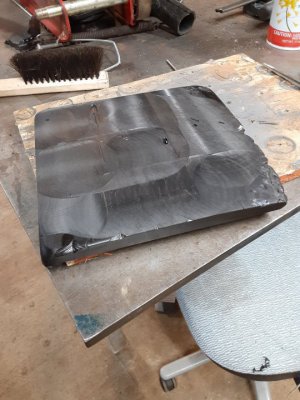
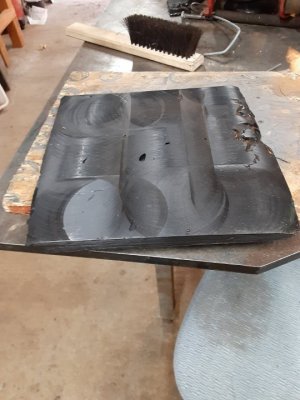
I really can't complain for a first attempt.
The next try is cooling now.

